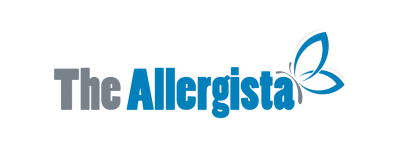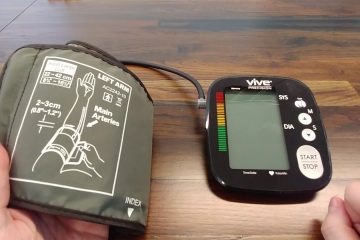The Treatment Options Available for Sciatica

It is recommended to treat sciatica as soon as possible to prevent worsening symptoms. There are both nonsurgical and surgical treatments for sciatica. Often, nonsurgical treatments are attempted initially. When the underlying reason is severe and/or increasing neurological abnormalities such as limb weakness develop, you may need surgery.
Here are some treatments you can employ for Sciatica treatment in Singapore.
Nonsurgical Sciatica Therapy
Sciatica is commonly treated with a mix of physical therapy, medicine, therapeutic injections, and alternative therapies.
Acute sciatica often improves within four to six weeks with nonsurgical therapy. Depending on the underlying reason, treatment for persistent sciatica with pain lasting more than eight weeks may take longer.
Physiotherapy Treatment
Physical therapy comprises a combination of strengthening, stretching, and aerobic fitness and is integral to nearly all sciatica treatments. In addition to therapeutic activities, a physical therapy programme may also include therapeutic exercises.
Physical therapy and exercises for sciatica have the following objectives:
- Strengthen the spine, lower back, abdominal, buttocks, and hip muscles.
- Enhance abdominal strength.
- Stretch taut and rigid muscles, such as the hamstrings.
- Light aerobic workouts, such as walking, swimming, or pool treatment, stimulate the body’s circulation of fluids and nutrients.
While you may require some rest or activity adjustment, it is essential to maintain as much physical activity as possible and to prevent long periods of physical inactivity or bed rest.
Certain activities used to treat sciatica may be tailored to the underlying reason. Using exercise and physical therapy, trained health experts, such as physiatrists, physical therapists, chiropractors, or certified athletic trainers, can develop an efficient treatment plan to alleviate sciatica pain.
Medications
Both prescription and over-the-counter (OTC) drugs may be utilised to alleviate sciatica pain. The following are examples of medications used to relieve sciatica pain:
- NSAIDs, such as ibuprofen or naproxen
- Oral corticosteroids, such as prednisone
- Anticonvulsant drugs, such gabapentin
- Tricyclic antidepressants, like amitriptyline
- Analgesic opioids, such as tramadol and oxycodone
Typically, these medications are administered to provide pain relief and enable the patient to participate in physical therapy. Opioid analgesics are often provided for brief durations to prevent addiction.
Chiropractic Treatment
Often performed by a chiropractor, manual manipulation tries to improve the alignment of the spine. This treatment may help treat the underlying issues, such as herniated discs or spinal stenosis, that can cause sciatic nerve discomfort. Manual manipulation can also improve the environment for healing and should not be uncomfortable.
Massages
Certain kinds of massage treatment, such as deep tissue massage, may offer pain reduction advantages. Among the benefits of massage treatment include:
- Increasing blood circulation, hence enhancing the body’s healing reaction.
- Relaxing muscles that may be contributing to the discomfort by loosening them
- Endorphins, which are hormones in the body that act as natural painkillers, are released.
Therapeutic Lumbar Injections
Lumbar therapeutic injections may aid in the treatment of sciatic nerve disorder-related pain.
The purpose of injections is to provide sufficient pain relief to allow the patient to completely engage in and benefit from physical therapy. Injections can also be used to diagnose the cause of pain and pinpoint the affected nerves.









